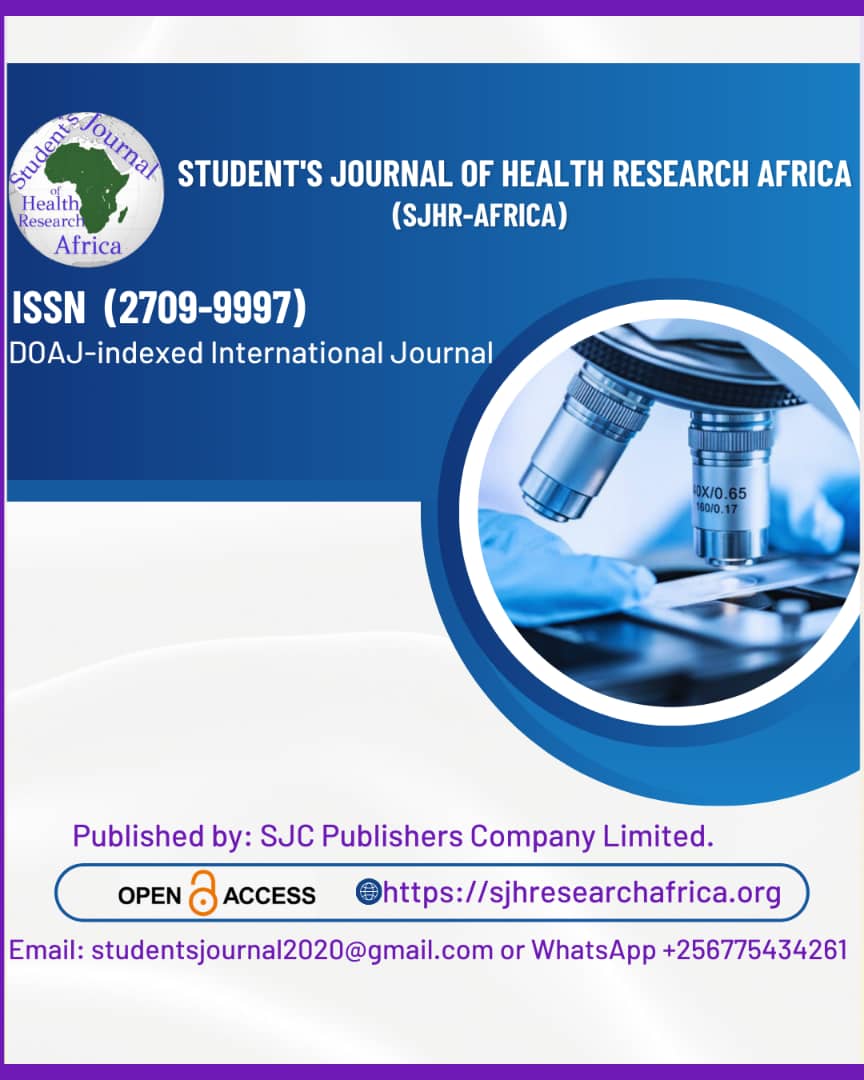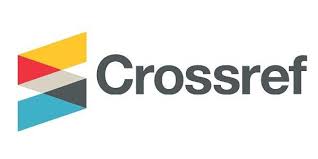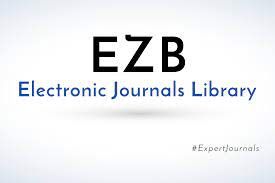Predictive utility of inotropic scores in pediatric septic shock: A prospective observational cross-sectional study from a tertiary PICU in India.
DOI:
https://doi.org/10.51168/sjhrafrica.v6i9.2046Keywords:
Pediatric septic shock, Vasoactive inotropic score, Pediatric Intensive Care UnitAbstract
Background
Septic shock remains a leading cause of morbidity and mortality in children, particularly in resource-limited settings. Early recognition of high-risk patients is essential to improve outcomes. The Inotropic Score (IS) and Vasoactive-Inotropic Score (VIS) quantify cardiovascular support and reflect illness severity. This study aimed to evaluate the usefulness of the Wernovsky Inotropic Score (WIS) and VIS in predicting mortality among children with septic shock admitted to a tertiary care PICU.
Objectives: To assess the predictive accuracy of the Wernovsky Inotropic Score (WIS) and Vasoactive-Inotropic Score (VIS) for in-hospital mortality in pediatric septic shock.
Methodology
This prospective, longitudinal study was conducted over 18 months (September 2022–March 2024) in the PICU of a tertiary care teaching hospital. Children aged 1 month to 18 years admitted with septic shock requiring vasoactive therapy were included. Patients who had received inotropes for more than 6 hours before admission or had ≥2 organ dysfunctions were excluded. The Inotropic Score (IS) was calculated as [IS = Dobutamine + Dopamine + 100 × Epinephrine (μg/kg/min)] at 24 and 48 hours. Data were analysed using appropriate statistical tests, and ROC curves were plotted to determine predictive accuracy.
Results
Among 21 patients, 13 (61.9%) died. Mean VIS and WIS were significantly higher in nonsurvivors (VIS: 53.55 ± 16.71 vs 29.04 ± 13.11, p = 0.002; WIS: 39.80 ± 14.78 vs 20.72 ± 12.57, p = 0.006). ROC analysis showed strong predictive performance (VIS AUC = 0.837; WIS AUC = 0.865).
Conclusion
Both WIS and VIS are reliable predictors of mortality in pediatric septic shock. VIS demonstrated higher sensitivity, while WIS showed better specificity, aiding early prognostication and management of critically ill children.
Recommendations
WIS and VIS can be used to help predict mortality among children with septic shock.
References
Fleischmann-Struzek C, Goldfarb DM, Schlattmann P, Schlapbach LJ, Reinhart K, Kissoon N. The global burden of paediatric and neonatal sepsis: a systematic review. The Lancet Respir Med 2018;6(3):223-30. https://doi.org/10.1016/S2213-2600(18)30063-8 PMid:29508706
de Souza DC, Gonçalves Martin J, Lanziotti VS, de Oliveira CF, Tonial C, de Carvalho WB, et al. The epidemiology of sepsis in paediatric intensive care units in Brazil (the Sepsis PREvalence assessment database in paediatric population, SPREAD PED): an observational study. Lancet Child Adolesc Heal 2021;5(12):873-81.
https://doi.org/10.1016/S2352-4642(21)00286-8 PMid:34756191
Ruth A, McCracken CE, Fortenberry JD, Hall M, Simon HK, Hebbar KB. Paediatric severe sepsis: current trends and outcomes from the paediatric health information systems database. Pediatr Crit Care Med 2014;15(9):828-38.
https://doi.org/10.1097/PCC.0000000000000254 PMid:25226500
Wernovsky G, Wypij D, Jonas RA, Mayer JE, Hanley FL, Hickey PR, et al. Postoperative course and hemodynamic profile after the arterial switch operation in neonates and infants: a comparison of low-flow cardiopulmonary bypass and circulatory arrest. Circulation 1995;92(8):2226-35. https://doi.org/10.1161/01.CIR.92.8.2226 PMid:7554206
Gaies MG, Gurney JG, Yen AH, Napoli ML, Gajarski RJ, Ohye RG, et al. Vasoactive-inotropic score as a predictor of morbidity and mortality in infants after cardiopulmonary bypass. Pediatr Crit Care Med 2010;11(2):234-8.
https://doi.org/10.1097/PCC.0b013e3181b806fc PMid:19794327
McIntosh AM, Tong S, Deakyne SJ, Davidson JA, Scott HF. Validation of the vasoactive-inotropic score in paediatric sepsis. Pediatr Crit Care Med 2017;18(8):750-7. https://doi.org/10.1097/PCC.0000000000001191 PMid:28486385 PMCid:PMC5548505
Haque A, Siddiqui NR, Munir O, Saleem S, Mian A. Association between vasoactive-inotropic score and mortality in paediatric septic shock. Indian Pediatr. 2015;52:311-313. https://doi.org/10.1007/s13312-015-0630-1
PMid:25929629
Musick MA, Loftis LL, Kennedy CE. Comparing vasoactive-inotropic score reporting strategies in the PICU relative to mortality risk. Pediatr Crit Care Med. 2018;19(12):1130-1136. https://doi.org/10.1097/PCC.0000000000001738 PMid:30520839
Davidson J, Tong S, Hancock H, Hauck A, Da Cruz E, Kaufman J. Prospective validation of the vasoactive-inotropic score and correlation to short-term outcomes in neonates and infants after cardiothoracic surgery. Intensive Care Med. 2012;38:1184-1190. https://doi.org/10.1007/s00134-012-2544-x PMid:22527067 PMCid:PMC4984395
Dilli D, Akduman H, Orun UA, Tasar M, Tasoglu I, Aydogan S, et al. Predictive value of vasoactive-inotropic score for mortality in newborns undergoing cardiac surgery. Indian Pediatr. 2019;56:735-740. https://doi.org/10.1007/s13312-019-1639-7 PMid:31638004
Sanil Y, Aggarwal S. Vasoactive-inotropic score after paediatric heart transplant: a marker of adverse outcome. Pediatr Transplant. 2013;17:567-572. https://doi.org/10.1111/petr.12112 PMid:23773439
McIntosh AM, Tong S, Deakyne SJ, Davidson JA, Scott HF. Validation of the vasoactive-inotropic score in pediatric sepsis. Pediatr Crit Care Med. 2017;18(8):750-757. https://doi.org/10.1097/PCC.0000000000001191 PMid:28486385 PMCid:PMC5548505
Haque A, Siddiqui NR, Munir O, Saleem S, Mian A. Association between vasoactive-inotropic score and mortality in pediatric septic shock. Indian Pediatr. 2015;52:311-313. https://doi.org/10.1007/s13312-015-0630-1 PMid:25929629
Kallekkattu D, Rameshkumar R, Chidambaram M, Krishnamurthy K, Selvan T, Mahadevan S. Threshold of inotropic score and vasoactive-inotropic score for predicting mortality in pediatric septic shock. Indian J Pediatr. 2022;1-6. https://doi.org/10.1007/s12098-021-03846-x PMid:34318405 PMCid:PMC8315255
Shah P, Petersen TL, Zhang L, Yan K, Thompson NE. Using aggregate vasoactive-inotrope scores to predict clinical outcomes in pediatric sepsis. Front Pediatr. 2022;10:778378. https://doi.org/10.3389/fped.2022.778378
PMid:35311061 PMCid:PMC8931266
Demirhan S, Topcuoglu S, Karadag N, Ozalkaya E, Karatekin G. Vasoactive inotropic score as a predictor of mortality in neonatal septic shock. J Trop Pediatr. 2022;68(6):fmac100. https://doi.org/10.1093/tropej/fmac100 PMid:36399355
Musick MA, Loftis LL, Kennedy CE. Comparing vasoactive-inotropic score reporting strategies in the PICU relative to mortality risk. Pediatr Crit Care Med. 2018;19(12):1130-1136. https://doi.org/10.1097/PCC.0000000000001738 PMid:30520839
Song J, Cho H, Park DW, Moon S, Kim JY, Ahn S, et al. Vasoactive-inotropic score as an early predictor of mortality in adult patients with sepsis. J Clin Med. 2021;10(3):495. https://doi.org/10.3390/jcm10030495 PMid:33572578 PMCid:PMC7867010
Downloads
Published
How to Cite
Issue
Section
License
Copyright (c) 2025 Santhosh Kumar , Dr . Shreya Nair, Dr. Anitha C

This work is licensed under a Creative Commons Attribution-NonCommercial-NoDerivatives 4.0 International License.





















